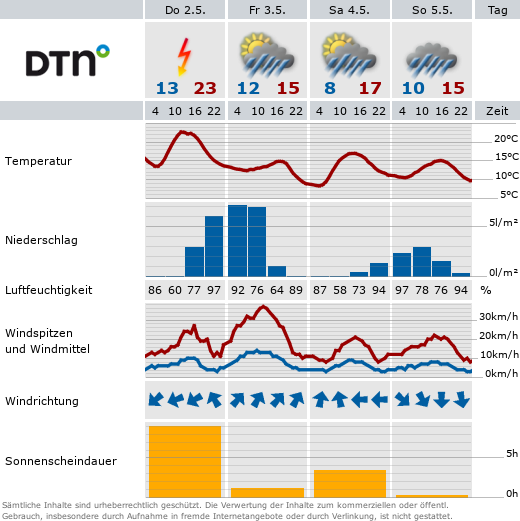endo/dyadic (adj.)
Endo-gendered or dyadic refers to people who can be assigned explicitly to the ⇒ medical-social norm of female and male (at birth) on the basis of physical characteristics (anatomical, genetic and hormonal). Endo gender thus describes the counterpart of ⇒ intersex.
Endo derives from the Greek and means "within," which in this context means within the gender norm. Dyadic originated in Latin and means something like ⇒ "belonging to the binary system".
Formerly referred to as "endosexual," the term was coined by social scientist Heike Bödeker in 1999. In the essay "Intersexualität, Individualität, Selbstbestimmtheit und Psychoanalyse" she outlines that endosexuality cannot exist without intersexuality, similar to how the term ⇒ heterosexuality could only emerge as a counterpart to ⇒ homosexuality (Bödeker 2016). The same applies to the terms ⇒ trans and ⇒ cis. It is only through the use of an opposing term that normative concepts can be questioned.
Endo-sexed persons are socially privileged over intersex persons. In this context, endosexism refers to the structural disadvantage of intersex persons. This manifests itself in medical discrimination, but also in everyday situations in which intersex persons are not considered or are actively excluded. For instance, due to arbitrary regulations in competetive sports, intersex persons are regularly excluded or forced to adapt.
Germany's Personal Statute Act has recognized intersex as a separate gender since 2019. Still, the regarding of the gender binary as a social norm has not changed much and for many intersex people the reformation of the law does not go far enough (oii Deutschland 2019).
Last updated: April 2025
Sources (in German)
-
Bödeker, Heike (2016): Intersexualität, Individualität, Selbstbestimmtheit und Psychoanalyse. In: Katzer, Michaela; Voß, Heinz-Jürgen: Geschlechtliche, sexuelle und reproduktive Selbstbestimmung. Psychosozial-Verlag. Pp. 127–136.
-
oii Deutschland (2019): Stellungnahme zum Gesetzentwurf des Bundesministeriums der Justiz und für Verbraucherschutz und des Bundesministeriums des Innern, für Bau und Heimat zur Neuregelung der Änderung des Geschlechtseintrags. Last accessed 09.04.2025.
The glossary is meant to evolve through mutual exchange with readers.
We regularly put the definition of a term up for discussion under #klargestellt. Do you have questions or suggestions? Join the discussion and contribute to a better understanding of the terms! We welcome your feedback to: shk.gleichstellung@verwaltung.tu-dortmund.de






